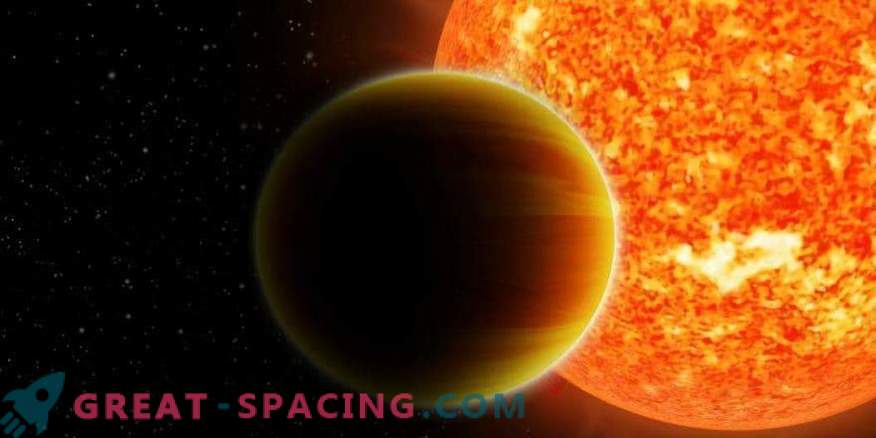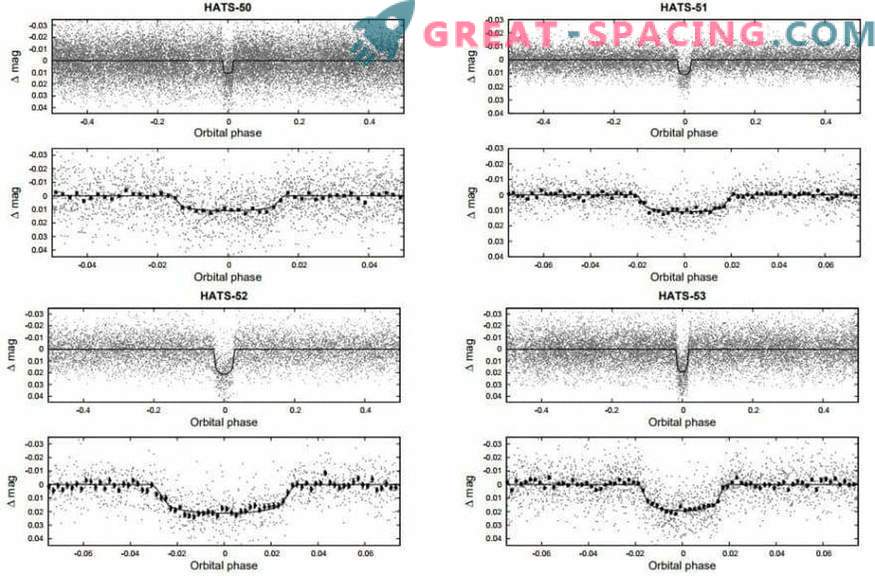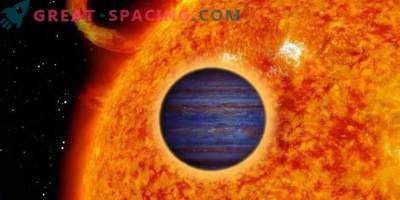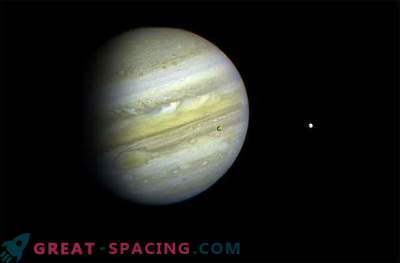
Researchers reported finding 4 new hot Jupiters in the HATSouth project. They are designated from HATS-50b to HATS-53b.
HATSouth is a network of 24 robotic broadband telescopes aimed at searching for exoplanets. They are located in three locations in the southern hemisphere (Las Campanas Observatory, H.E.S.S. in Namibia and Siding Spring Observatory). The main goal is to find and characterize a huge number of transit exoplanets.
Now HATSouth has about 2000 applicants for the title of foreign worlds, of which more than 40 have already been confirmed as planets. Among the latest finds are 4 new worlds.
The review focused on G-type dwarf stars: HATS-50, HATS-51, HATS-52 and HATS-53. They were watched from March 2010 to February 2016. Scientists have noticed transit signals in the light curves, and photometric observations and measurement of radial velocity confirmed the planetary character.

Phase curves from HATSouth for HATS-50 (top left), HATS-51 (top right), HATS-52 (bottom left) and HATS-53 (bottom right). In each case, two panels are presented: the top one displays the full light curve, and the bottom one - the glow curve increased in transit. Solid lines - model suitable for light curves HATS-50b is the tiniest world and least massive. Jupiter is 1.13 times greater in radius, and 0.39 in mass. The orbital path lasts 3.83 days with a distance of 0.05 a. e. The surface warms to 1348 K, and the total distance to the Earth is 2300 light years.
HATS-51b is ahead of Jupiter by a radius 1.41 times and represents the largest exomir in the four. By massiveness, it is inferior to the gas giant by 23%, and the temperature is 1553 K. It takes 3.35 days to reach the orbital route, with a distance of 0.05 from the star. e. (from Earth - 1560 light years).
HATS-52b is distinguished by its density, whose radius is 1.38 times as large as Jupiter and 2.24 times more massive. It takes 1.37 days to rotate around a star with a distance of 0.025 a. e. Located at 2600 light years and warms to 1834 K.
The longest orbital period is observed in HATS-53b - 3.85 days with a distance of 0.05 a. e. Exceeds Jupiter in radius by 1.34 times, but inferior in mass by 40%. It is heated to 1312 K and lives at a distance from us in 2000 light years.
The parameters show that all these planets belong to the class of hot Jupiter, whose orbital routes do not exceed a duration of 10 days.











































